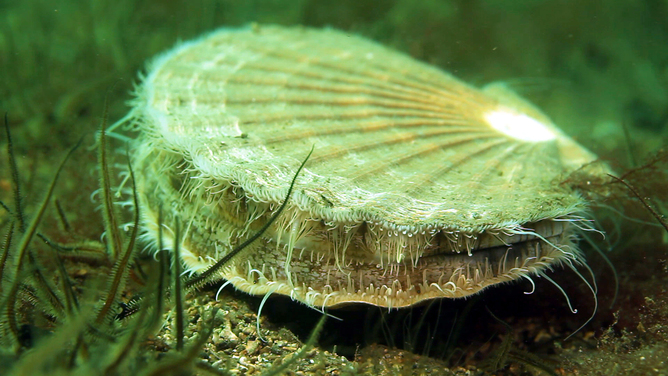Saving our scallops: Arran reserve reveals marine protection works
Posted on 23 April 2015

Last summer, on the Isle of Arran, off the west coast of Scotland, we watched an excited young lad walking down to the water’s edge, fishing rod in hand. Sadly, his chances of catching anything were slim to remote.
Once plentiful stocks of cod, haddock and plaice have almost completely collapsed in the Firth of Clyde, the area of sea in which Arran sits, following a century of poor fisheries management.
Nowadays more than 99% of the commercial fisheries landings there are not for fish, but for shellfish such as prawns and scallops, which don’t take a bait.
Motivated by this dramatic change in their local marine environment, two Arran residents, Howard Wood and Don McNeish, formed the Community of Arran Seabed Trust back in 1995. They quickly seized on the idea of using marine reserves – areas of sea where fishing and other extractive uses are restricted – as a way to bring back the marine life they had previously enjoyed as scuba divers.
Small island, big marine protection. PD, CC BY-NC-SAReserves had been used to great success in New Zealand and the Philippines, where the benefits appeared to have spilled over to the areas open to fishing. However marine reserves were non-existent in the UK at the time.
Finally, after over a decade of campaigning and building community and scientific support they got their reserve in Lamlash Bay in October 2008. It was small (only 2.67 km2 in area) but significant, being the first and still the only fully protected marine reserve in Scotland.
We’ve looked at the Arran reserve in our research. Our findings, published this year in the journals Marine Biology and Marine Environmental Research indicate marine life is starting to flourish once again.
Complex seabed habitats formed by seaweeds and other plant-like creatures are recovering. These in turn act as a magnet for juvenile scallops, cod and other tasty species.
Adult scallops are benefiting too, growing in size and reproductive capacity. High levels of breeding within the reserve are likely to be seeding surrounding fishing grounds.
Continue reading the full article at The Conservation
